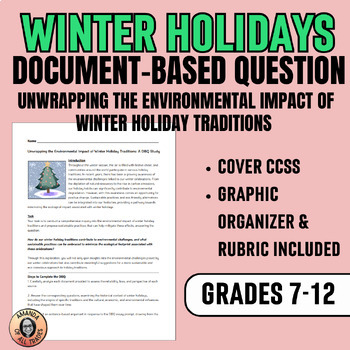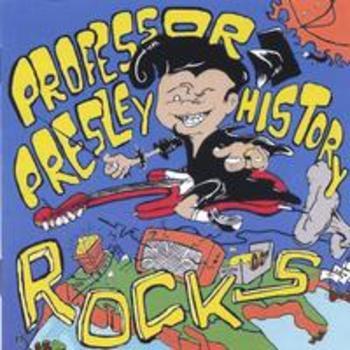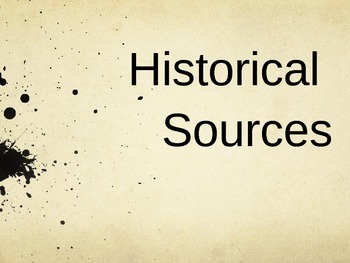3 results
Winter library skills dbqs

Environmental Impact of Winter Traditions Document Based Question DBQ Science
Ignite critical thinking and environmental awareness with our comprehensive DBQ (Document-Based Question) unit, "Unwrapping the Environmental Impact of Winter Holiday Traditions: A DBQ Study". This resource invites students to delve into the environmental impact of winter holiday traditions, fostering in-depth analysis, and persuasive writing. Students will answer the essential question: How do our winter holiday traditions contribute to environmental challenges, and what sustainable practices c
Subjects:
Grades:
7th - 10th
Types:

Washington's Farewell Address: Common Core Text Analysis Lesson
Washington’s Farewell Address is a great document to use in a common core style lesson in which U.S. History students analyze text. This document touches on topics that resonate with students because students can look at what Washington’s advice was for our nation in 1796 and then judge how in modern times we have, or have not followed this advice. Washington mentioned foreign alliances, public education, political parties, national unity, and the national debt along with other topics. Student
Grades:
6th - 12th, Higher Education

Historical Sources (Primary and Secondary Sources) PowerPoint
Want to teach your students about the types of sources they will encounter in history class or in research? This is the perfect PowerPoint presentation to use before students begin a research project or a document-based question (DBQ). It's also wonderful to use any time in a history classroom.
This PowerPoint defines, compares, and contrasts primary, secondary, and tertiary sources. It gives examples of each (especially primary sources) and ends with a consideration of each source's best use
Subjects:
Grades:
9th - 12th
Showing 1-3 of 3 results

